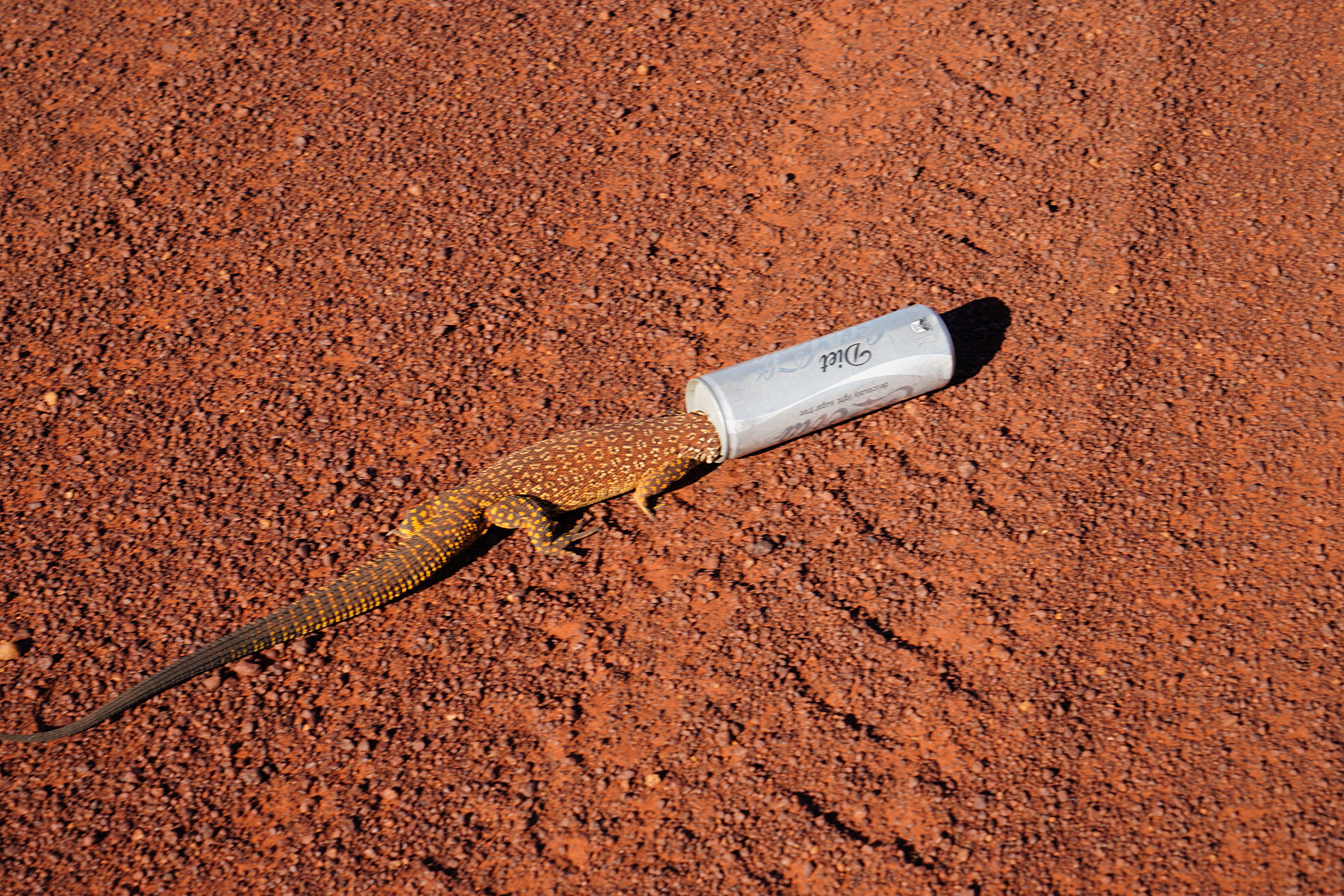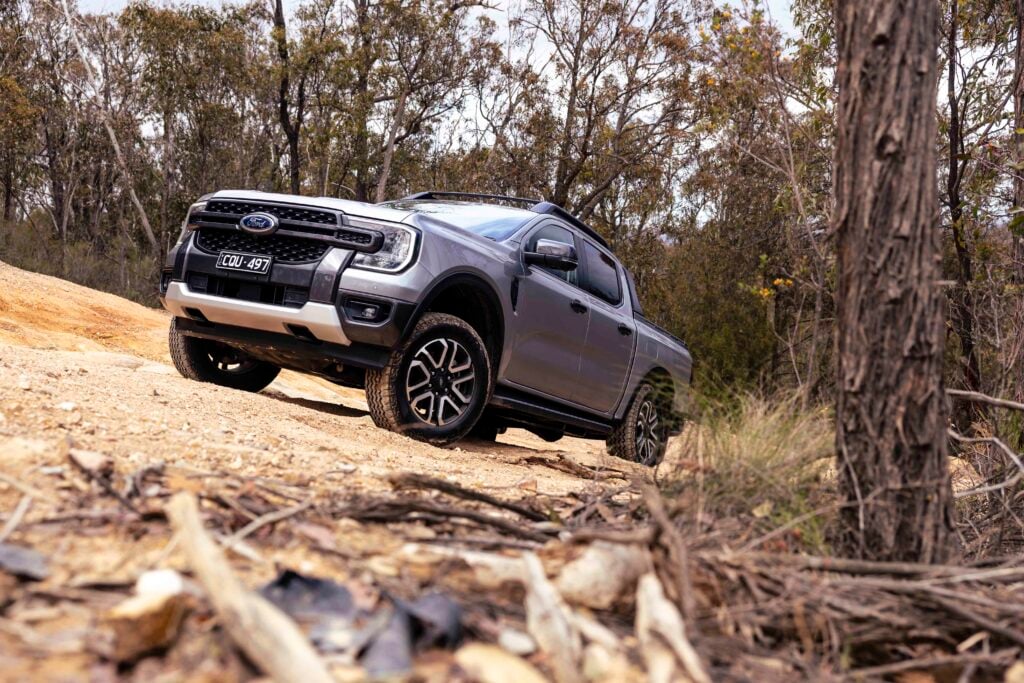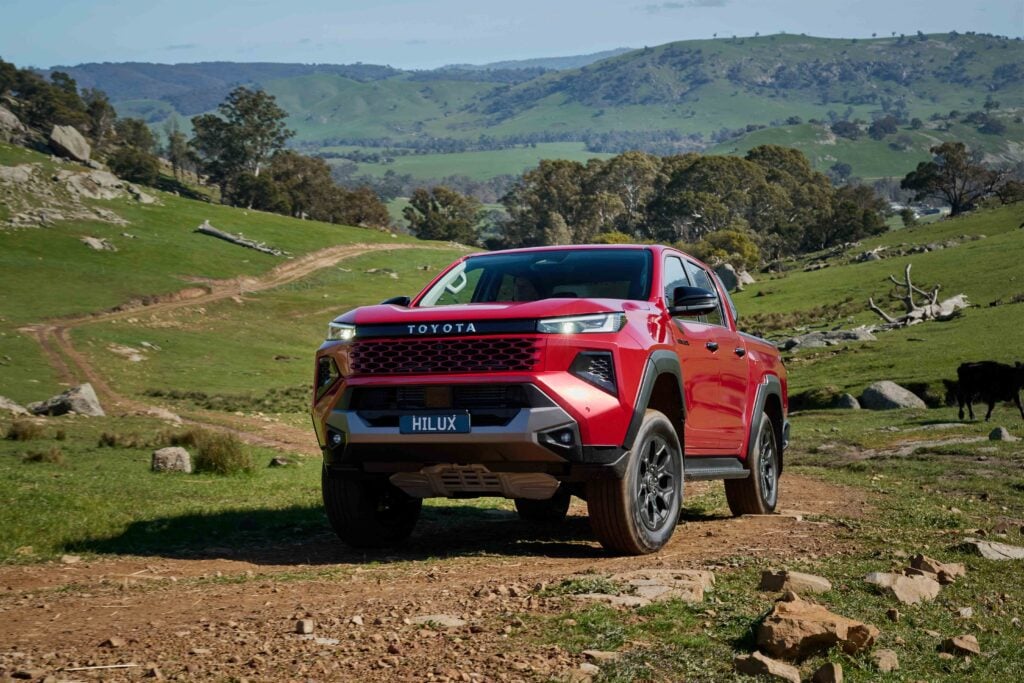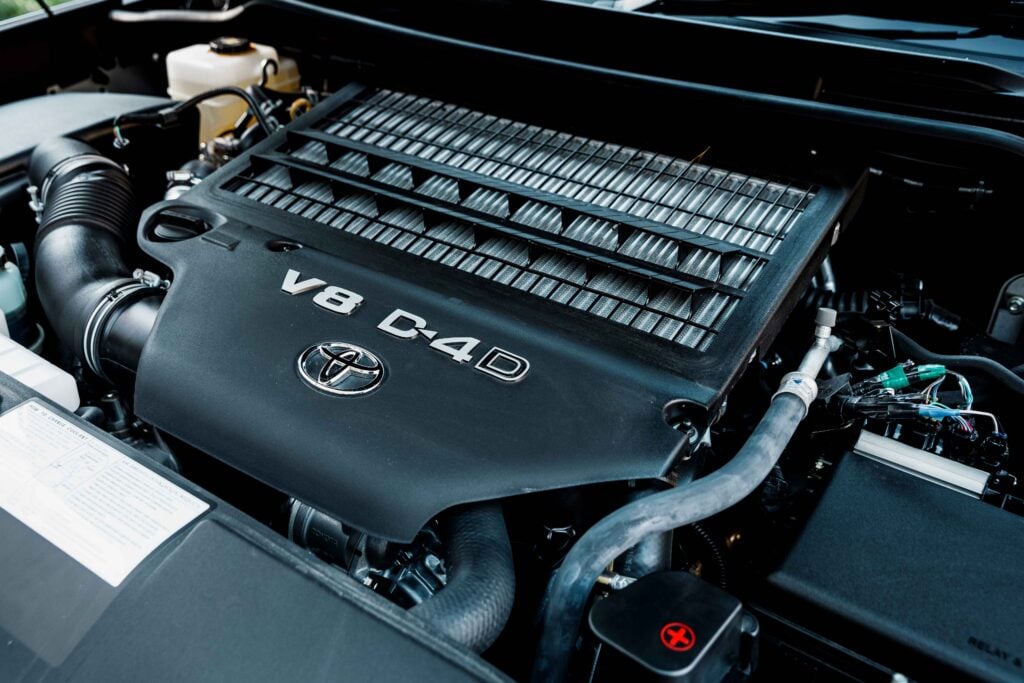Don’t throw rubbish into the bush – even something as small as a drink can could mean a slow and awful death for a native animal.
We were heading along the Heather Highway – a road that links the Great Central Road, just west of the small Aboriginal community of Warburton, to the famous Gunbarrel Highway, a track that’s a ‘highway’ in name only. Ahead of us was our convoy of nine vehicles on an adventure from Ceduna in SA to Cape Keraudren in north-west WA.
Being tail-end Charlie has become the norm for our on-and-off-again career leading tag-along trips, and we were cruising along, admiring the vast open spaces and distant horizon, when the CB radio crackled to life: “Watch out – there’s a lizard on the road… pushing a tin can!”
That’s not possible, I thought, and after a few seconds of deliberation, I knew what it was. Less than a minute later we saw the lizard, and the can he was ‘pushing’. But he wasn’t pushing it. His head was trapped inside and, without help, he was doomed.
I’d seen – and photographed – such a trapped animal before somewhere in Central Australia, but I couldn’t recall which trip or where I might find the pic. That lizard had died, his head stuck in a drink can while his exposed body had been picked clean by crows and ants.
As we jumped out of the Patrol, the lizard, feeling our vibrations as our feet hit the dirt, turned to bolt but ran into the ridge of sand that lines every outback track and road. Before he could recover, I grabbed him – his struggles strong and insistent.
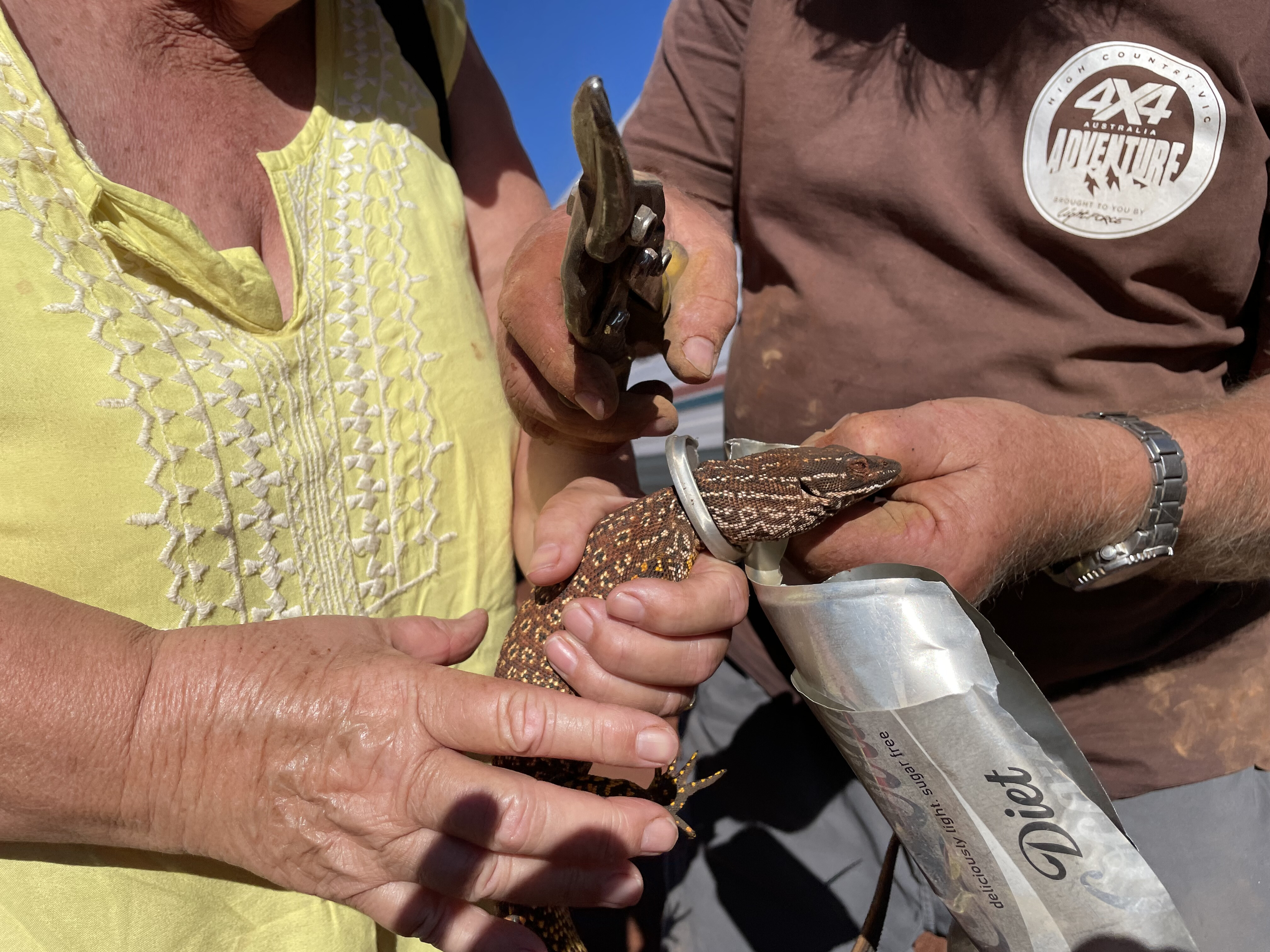
But his head, shaped like an arrowhead, had slipped into the can while he searched for a splash of moisture – or the ants that are almost always found inside such containers – and was now jammed tight. The backward-facing scales and the shape of his head made it impossible to pull free.
While Viv restrained the animal, I went to the toolbox and grabbed a set of tin snips. What followed was a delicate operation as I cut the can from around his neck… if lizards even have necks. At first, he was belligerent – he bit me – but soon settled down as I worked the tin off his body.
He was lucky. His tough hide hadn’t even been marked by the sharp metal. Once he was free, we offered him a drink from our cupped hands. He slipped his mouth in and sucked away. We guessed he’d been trapped for less than 24 hours (how long could a lizard survive like that?), but he was still clearly thirsty.
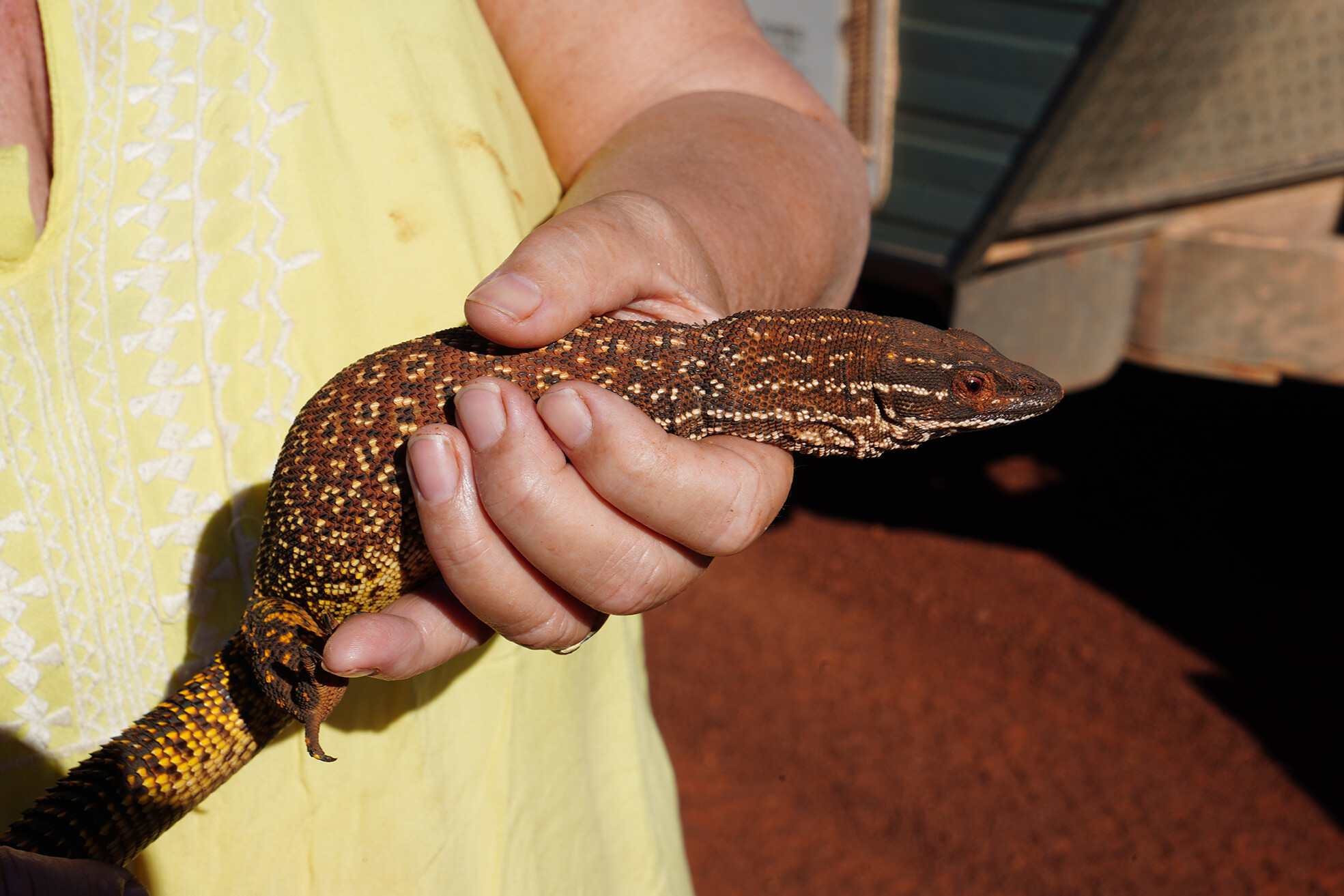
It took four handfuls of water before he finally looked up, as if wondering what else the day had in store. We put him down just off the road. He stood, dazed, for a few seconds, then shot off into the scrub. We got back into the Patrol, feeling pretty good about rescuing a beautiful lizard – a magnificently marked desert monitor – our good deed done for the day.
The moral of the story? Don’t throw rubbish into the scrub or out of your vehicle. Something as simple and seemingly harmless as a drink can could end a native animal’s life in an awful way. Crush your cans – and dispose of them properly.
We recommend
-
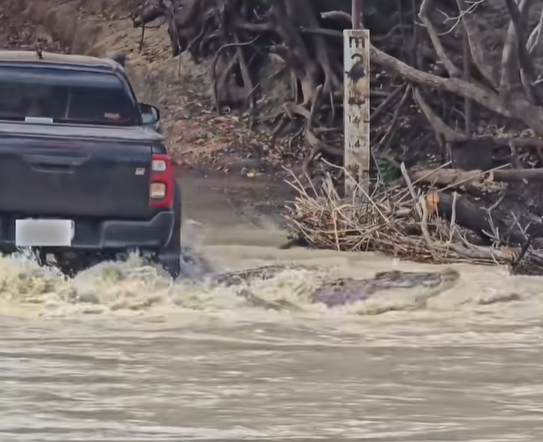 News
NewsFootage shows crocodile caught under ute at croc-infested Cahills Crossing
Footage has emerged of a ute driving over a crocodile at the notorious Cahills Crossing in Kakadu National Park
-
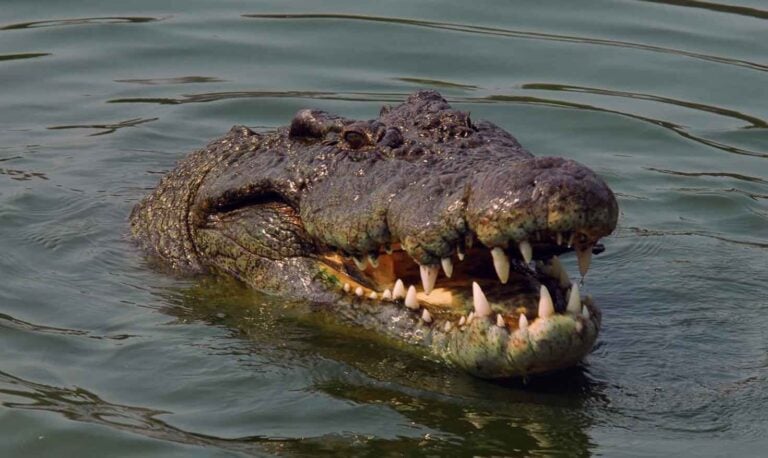 Advice
AdviceCrocodile safety for 4WD touring in Australia – How to avoid croc attacks
Planning a trip through croc country? Here’s how to stay safe around the water.

